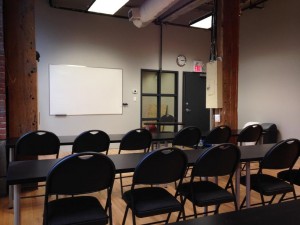San Francisco CPR is a popular choice in the city for people who want to take CPR lessons. We have a variety of classes you can choose from, as well as affordable rates for all of them. Other CPR providers don’t have better quality training than we do. You can train in Basic Life Support or Advanced Life Support, depending on what kind of training credential you need. All of our classes are certification classes so you are sure to find the program for you.
Tell me about heart disease.
Heart disease stands as the number leading cause of death in the world. In the US alone, it killed more than 2150 American men and women each day in 2010. Over 150,000 of the deaths during that year due to CVD (cardiovascular disease) were people older than 65 years old. While these numbers have decreased by 30 percent in the last ten years, CVDs still pose a big threat to the health of society.
CVD remains remain largely caused by unhealthy lifestyle choices, creating a myriad of risk factors. These factors are typically focused on two things: diet and exercise. Genetics play a role in almost every disease but modifiable risk factors have a much heavier weight. Having a diet that is high in fat, bad cholesterol (LDL – low density lipoprotein), and sodium greatly predispose a person to different cardiovascular diseases, such as CAD (coronary artery disease) and hypertension.
How does CPR work?

When too much stress is placed on a heart, such as a heart attack, it can stop beating. This is called cardiac arrest. If the heart stops completely, chest compressions are the only thing that can help return the spontaneous circulation of blood through the body. Because a person usually doesn’t breathe regularly during cardiac arrest, ventilations are also given adjunct with chest compressions. They can be given via mouth or using a bag valve mask.
Defibrillation is a skill that is only used in an AED is available. AEDs are short of automated external defibrillator, a machine that can send electricity to the heart. The electricity is meant to restore the regular rhythm of the heart. The wrong idea is perpetuated by the media, where defibrillation is done when people go into asystole (flatline). When a person is experiencing asystole, only chest compressions can return the spontaneous beating of the heart.
San Francisco CPR courses
We have two categories for training, basic and advanced CPR. Basic courses will focus on the three core skills while advanced courses will focus on the medical management side of things. Medical management includes medications, administration routes, and setting up and troubleshooting equipment.
Basic Life Support
- Basic CPR and AED course – general public
- Basic CPR and AED C course – health care providers
- Basic Life Support for Health Care Providers
Advanced Life Support
- Advanced Cardiac Life Support (ACLS)
- Pediatric Advanced Life Support (PALS)
Re-certification is available for three of the programs, Basic Life Support for Health Care Providers, ACLS, and PALS.

My questions are: Are you classes in San Francisco? Are they good for preschool teachers what are the cost? Are there weekend courses? Will you have classes from September 21-23 Will you give an exam? Esmeralda